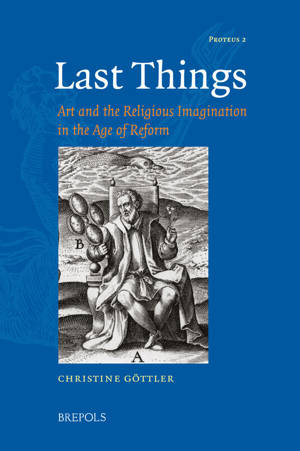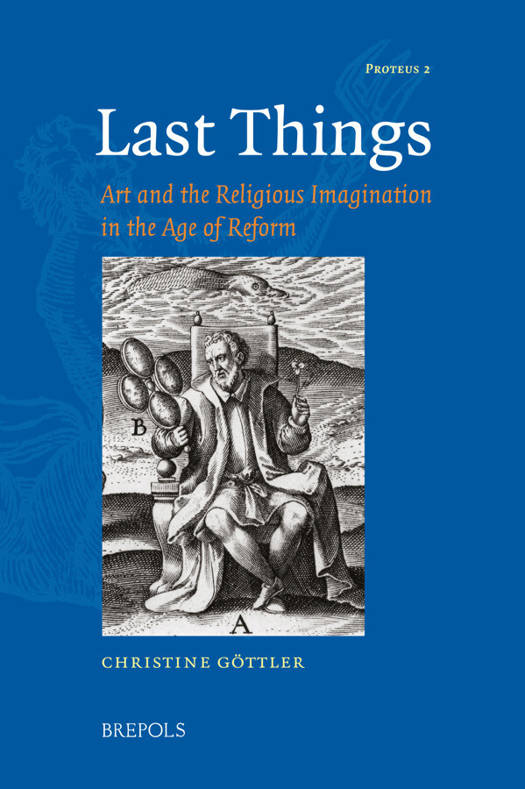
- Afhalen na 1 uur in een winkel met voorraad
- Gratis thuislevering in België vanaf € 30
- Ruim aanbod met 7 miljoen producten
- Afhalen na 1 uur in een winkel met voorraad
- Gratis thuislevering in België vanaf € 30
- Ruim aanbod met 7 miljoen producten
Zoeken
Last Things
Art and the Religious Imagination in the Age of Reform
Christine Gottler
Hardcover | Engels
€ 159,00
+ 318 punten
Omschrijving
The biblical expression providere novissima ('the foreseeing of the Last Things') brought about a vast exegetical, didactic, and devotional literature that made use of a rich imagery of vision and sight. The artistic play with - and, in some cases, actual use of - optical, telescopic, and mirroring devices pointed to and expanded the limitations of corporeal sight, while at the same time blurring the distinctions between the miraculous, the marvellous, and the curious. Based on a detailed study of visual and textual sources, most of which were previously unknown, Gottler's book contributes to an ongoing interdisciplinary discussion of the changing functions, meanings, and values of material and mental images in early modern art and religious practice. Centring on various sets of art works and artefacts, she argues that the imagery of the Last Things was linked to key problems of visual representation and to an increasing awareness of the artwork as a site of communication and exchange. The book sheds new light on the dynamics of response and the place of the viewer as well as on visual strategies and techniques of enhancing the efficacy of an artwork, making it memorable, emotionally engaging, and alive. It reintroduces notions of materiality and craft into the discussion of art, thus exploring a theme central to early modern thought but largely neglected in scholarship until recent years.
Specificaties
Betrokkenen
- Auteur(s):
- Uitgeverij:
Inhoud
- Aantal bladzijden:
- 436
- Taal:
- Engels
Eigenschappen
- Productcode (EAN):
- 9782503523972
- Verschijningsdatum:
- 15/05/2010
- Uitvoering:
- Hardcover
- Formaat:
- Genaaid
- Afmetingen:
- 163 mm x 239 mm
- Gewicht:
- 1156 g

Alleen bij Standaard Boekhandel
+ 318 punten op je klantenkaart van Standaard Boekhandel
Beoordelingen
We publiceren alleen reviews die voldoen aan de voorwaarden voor reviews. Bekijk onze voorwaarden voor reviews.











